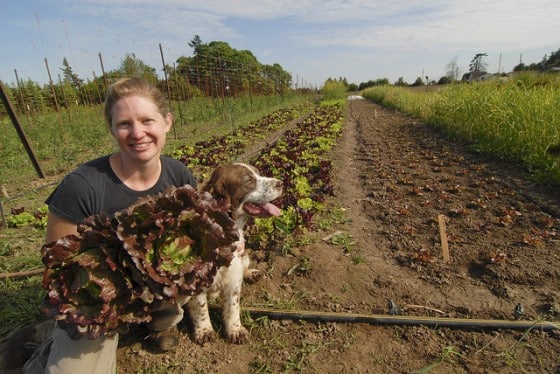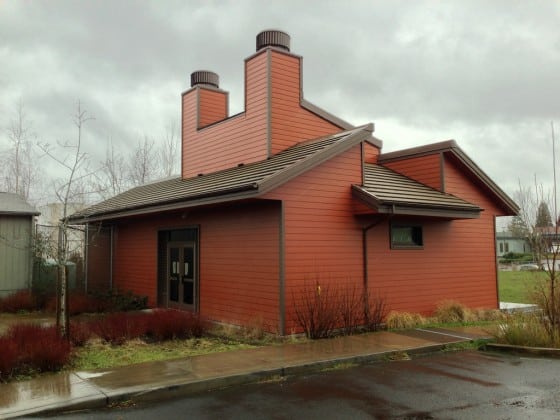
Re-Purposing Existing Properties Can Increase Sustainability
As a follow-up to last week’s post, “A Biofriendly Way to Tap Into Renewable Energy? Use Existing Properties.“, I thought I would discuss how the use, or reuse, of existing properties could increase sustainability. One of the problems we have on this planet is that people are constantly trying to come up with new ways to expand outward. In all honesty, there is only so far we can go before there is nothing else left. We shouldn’t have to use all of our natural resources, and spaces, in order to live on this planet. We definitely shouldn’t have to use them up by continuing to build massive solar and wind farms on open land in order to “become more dependent on renewable energy”, or having to take every last open space in order to farm and grow food so as to “increase sustainability”. We can do both of those things in moderation while using, reusing and re-purposing existing properties.
Why build new when there are so many existing properties that have been left abandoned or empty? Shouldn’t we simply re-purpose, or make better use of, those properties and leave the open spaces alone? I think we should, and investing in these types of adaptive reuse programs can save money, have less of a harmful impact on the environment, revitalize urban (and rural) areas, create jobs and in some instances, increase the sustainability of both the property and the local community. In fact, there are many individuals, organizations, and cities who not only agree, but who are taking steps to do just that.
Take New York, for example, they took a historic, elevated rail line that was beginning to decay from non-use and turned it into a beautiful public park known as the High Line. In Mexico City, an unused rooftop helipad was recently transformed into a garden and co-working space. These corn silos have been re-imagined as a beautiful Bed and Breakfast in Oregon wine country. In this instance, the Whole Foods in Brooklyn decided to turn their existing rooftop into a 20,000 square foot greenhouse in order to start growing some of their own herbs and vegetables. Talk about fresh produce! Another great example is this company, who is working to refurbish existing properties into green multiplexes that will also help revitalize the local community.
All in all, it’s very simple. If we use, reuse, and re-purpose existing properties in order make better use of them, rather than keep trying to build outwards, isn’t that action in itself more sustainable? Then if we re-purpose some of those properties in order to grow our own food, harvest renewable energy, re-create green/outdoor spaces, we will only add to that sustainability. I say it might just be worth the investment. What do you think?
Image by Shane Gorski via Flickr Creative Commons




Post a comment